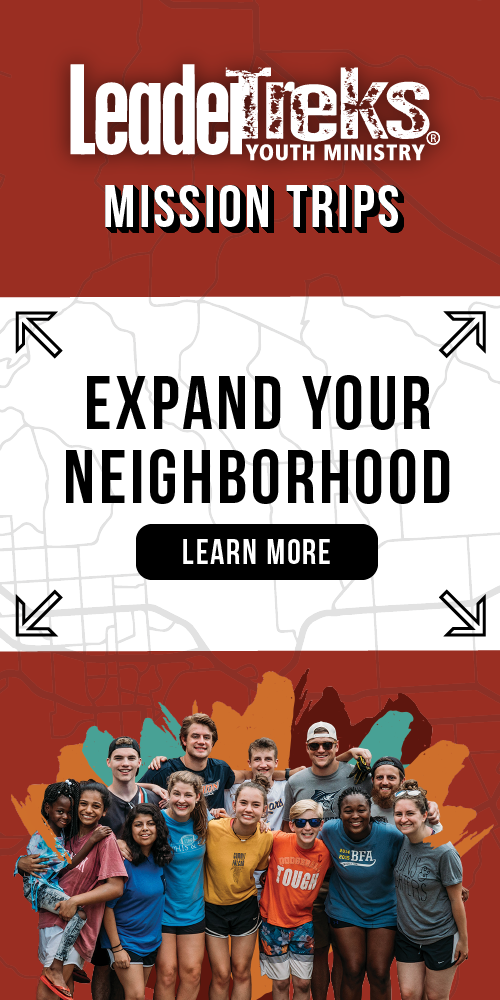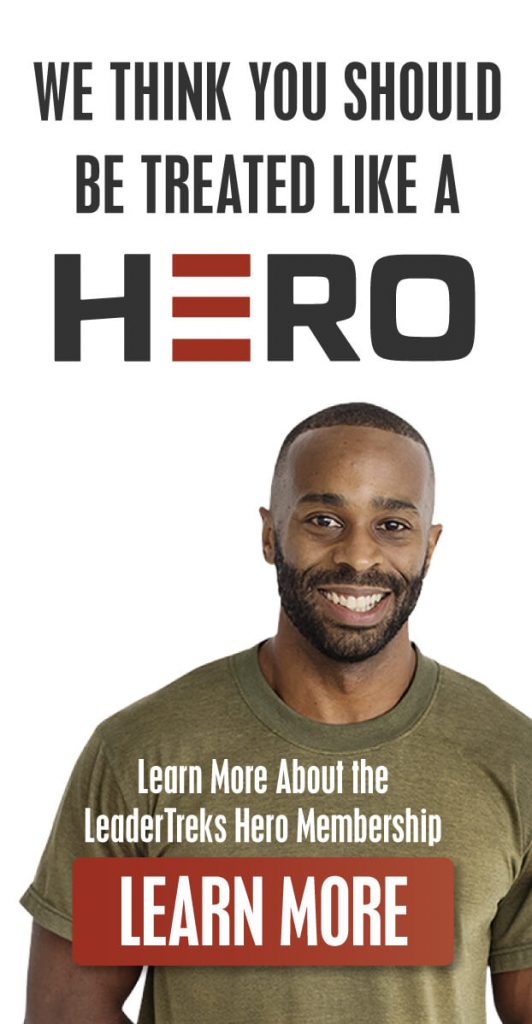SUVs and Youth Ministry
By Brad Widstrom
I’m sitting at McDonalds, checking out the steady stream of cars in the drive-through line. And to my surprise, I just saw a two-wheel drive sedan. Why is this small passenger car so shocking? The previous ten cars in line were all SUVs, as are all five vehicles in the parking lot—15 out of 15. You’d almost think I live in Colorado. (Oh yeah, I do.)
In Colorado 43 percent of the land is publicly owned: national parks; national wilderness areas; national forests; the BLM (Bureau of Land Management); state, local, and open space parks containing mountains, lakes, streams, and backcountry. We Coloradans ski, snowshoe, hike, hunt, fish, kayak, backpack, camp, and anything else we can dream of that gets us out of the city. We drive off-road, and many times we have to navigate snow even when traveling on pavement. It makes sense that so many of us drive SUVs. We choose our vehicles based on where we live. Our needs dictate our wheels.
There’s an important lesson here for those of us in ministry leadership. Local context and needs should impact ministry design. In spite of what many books, workshops, and mentors tell us, we must realize that ministry models are not one-size-fits-all. This does not mean we shouldn’t read, study, and pursue the advice of others. But as a mentor told me years ago, “Adapt it; don’t adopt it.”
 All ministry is local and must take into account the target audience and their needs, our available resources, our leadership skills and gifts, and the local context. It’s okay—even necessary—that your ministry looks and operates differently from that of your best friend in Omaha, Tallahassee, Austin, Pittsburgh, or Portland. And yes, your ministry should even be different from that of the church immediately across the street. Similarities can and should exist (that’s for another conversation), but become a student of your own context. Design ministry to meet your local needs and context.
All ministry is local and must take into account the target audience and their needs, our available resources, our leadership skills and gifts, and the local context. It’s okay—even necessary—that your ministry looks and operates differently from that of your best friend in Omaha, Tallahassee, Austin, Pittsburgh, or Portland. And yes, your ministry should even be different from that of the church immediately across the street. Similarities can and should exist (that’s for another conversation), but become a student of your own context. Design ministry to meet your local needs and context.
Luckily this was driven home to me early as a pastor. I had relocated from a large city in northern Illinois to a semi-rural town west of Seattle. I began building a youth ministry that looked a lot like the one in which I had grown up. Don’t get me wrong—it was an effective model for its time and proper geographic location. But it wasn’t doing tremendously well in my new Washington State locale.
The turning point came when riding home from church one night with one of my adult volunteers. I’ll never forget it. We were driving along the Puget Sound, the sun was setting over the Olympic Mountains, and Helen turned to me and said, “You’re going to have to slow down for us, ‘cause we’re not going to speed up for you.” Apparently my fast-paced ministry regimen that had worked so well in Illinois didn’t fit my new team or the natural pace of my new home. I realized then that it is not only okay, but also necessary for each ministry to be unique and designed to be contextually relevant. From that point on, I changed my job description from imitation to customization.
CC Image courtesy Andrew Kudrin on Flickr.
About the Author
Guest Contributor
The LeaderTreks Blog is proud to share the hard-earned wisdom of student ministry leaders from many different backgrounds and professions. From time to time, we will feature guest blog posts from writers other than our regular contributors. We include these posts to provide additional perspectives and insight that we’re sure will help develop you and your ministry… Read More




